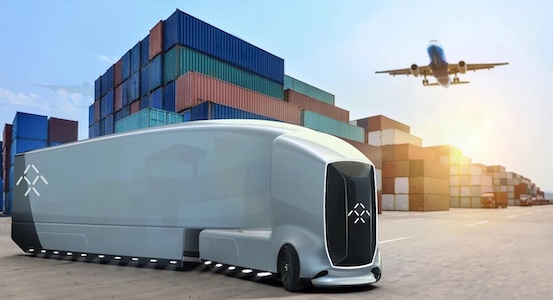
Trucking Coverage
December 2, 2022
Truck (R)evolution
December 16, 2022Rolling Forward.
When one door closes, another opens. Or so we hope.

“I’ll be back . . . driving my hybrid.”
In 1983, the Hummer was developed for the Pentagon as a successor to the Jeep. Arnold Schwarzenegger was the first civilian Hummer owner. Mass production began in 1992. GM acquired the rights to produce and distribute the Hummer in 1999.
“By 2002, the New York Times reports that, thanks to changes in the tax code during the Bush administration, an eligible buyer can deduct $34,912 of the $48,800 base price of the Hummer.”
Tax credits are no longer available for the Hummer, which got 10-16 miles per gallon.
Compare that with new incentives. As a recent Transport Topics article describes it:
“New tax credits for installing alternative fuel infrastructure or buying new commercial electric and fuel cell vehicles are available from the Internal Revenue Service starting Jan. 1.”
That may include plug-in hybrid and fuel cell EVs, where “[m]aximum tax credits may not exceed $7,500 for vehicles under 14,000 pounds and $40,000 for vehicles above 14,000 pounds.”
In addition, 2023 introduces an IRS tax credit for vehicles equipped with installed equipment for hydrogen, electricity, E85, and certain diesel fuel blends.
Diesel is part of the fossil fuel family, and fossil fuels create pollution. It’s not just the fuel working through and out the vehicle; it’s also the fuel production, from ground to refinery to tank, that contributes.
Why is all that important?
In Q2 of this year, there were 284.4 million vehicles on U.S. roads. Of those, some 38.9 million of those are trucks registered for business and 4 million registered as Class 8 trucks.
Considering that trucks carry more than 70% of the country’s freight (measured by weight), when we see the tax incentive move away from the Hummer and toward the EV and hybrid, the emphasis might well help change our purchasing preferences and the air we breathe.
